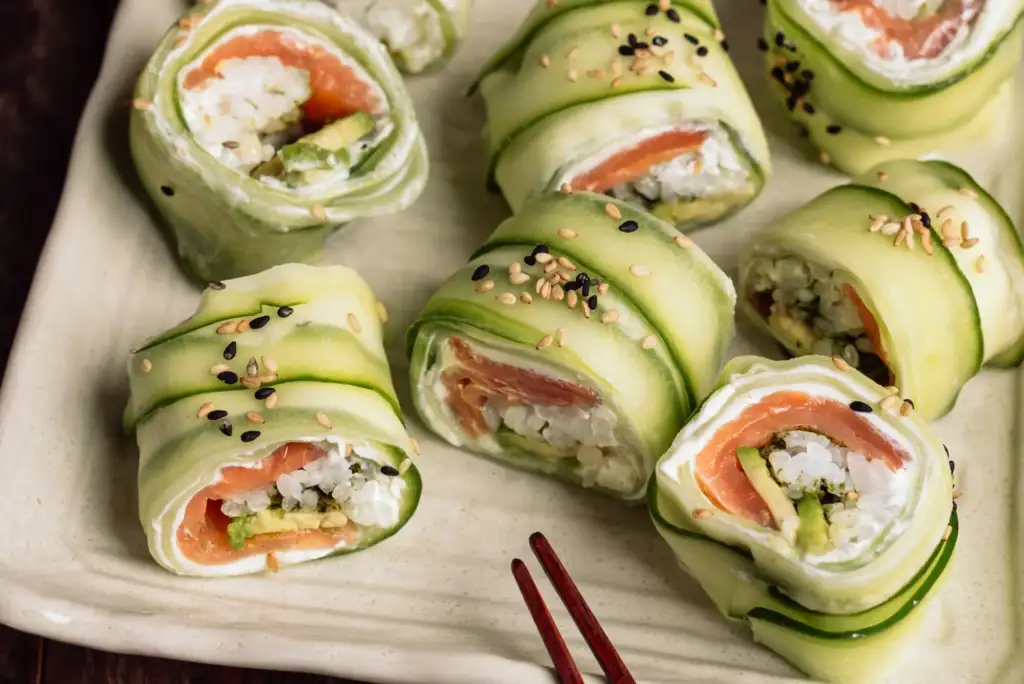Best Sushi Near Me: A Real Person’s Guide to Finding Amazing Sushi in Your Neighborhood
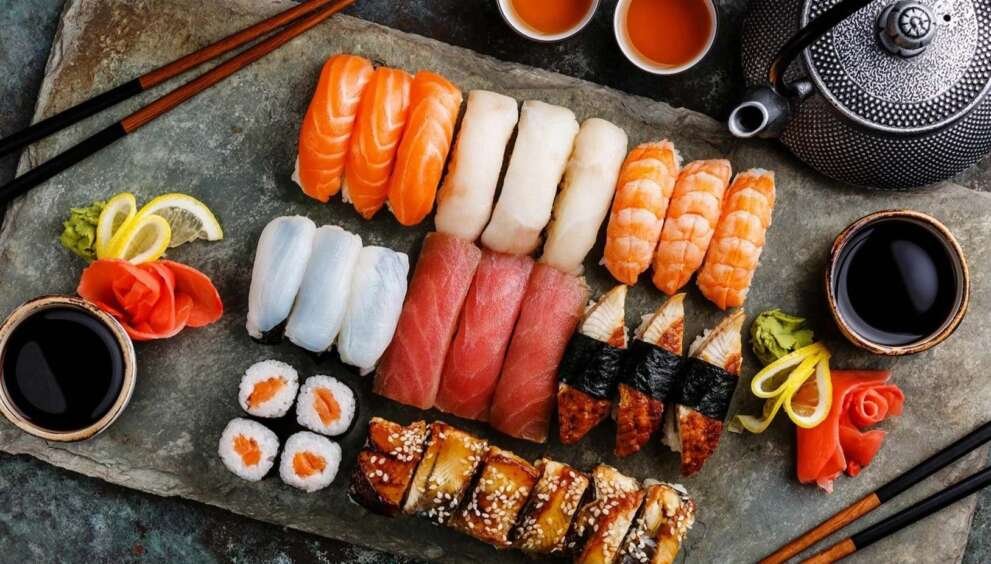
Sushi is great food, and the only problem I’ve gotten into with sushi is that I’ve been on a quest for the best sushi near me for about five years, and boy, do I know what I’m doing wrong. If you’ve ever been staring at your phone, overwhelmed by all the sushi choices, feeling cravings triggered just for good sushi, then have we got news for you. Yeah, the “no” end of the fence is where I’ve been more times than I can count.
In fact, when you go looking for the best sushi near me, it’s not simply a matter of selecting any kind of eaterie that’ll serve you some raw fish on a rice paper mat. Believe me, I’ve done that myself, and ended up with what I can only describe as disappointment on a plate. What we’re really after is that balanced moment, that golden sweetspot where the fish dissolves in your mouth, the rice has the right bite, and you walk away thinking, “damn, that was worth every penny.”
I recall the first time I really was trying sushi – not the grocery store version, and certainly not at that chain where my college friends took me. I’m referring to walking into a good sushi house and watching the chef in action before my very eyes. That’s when I realized I didn’t know what good sushi was.
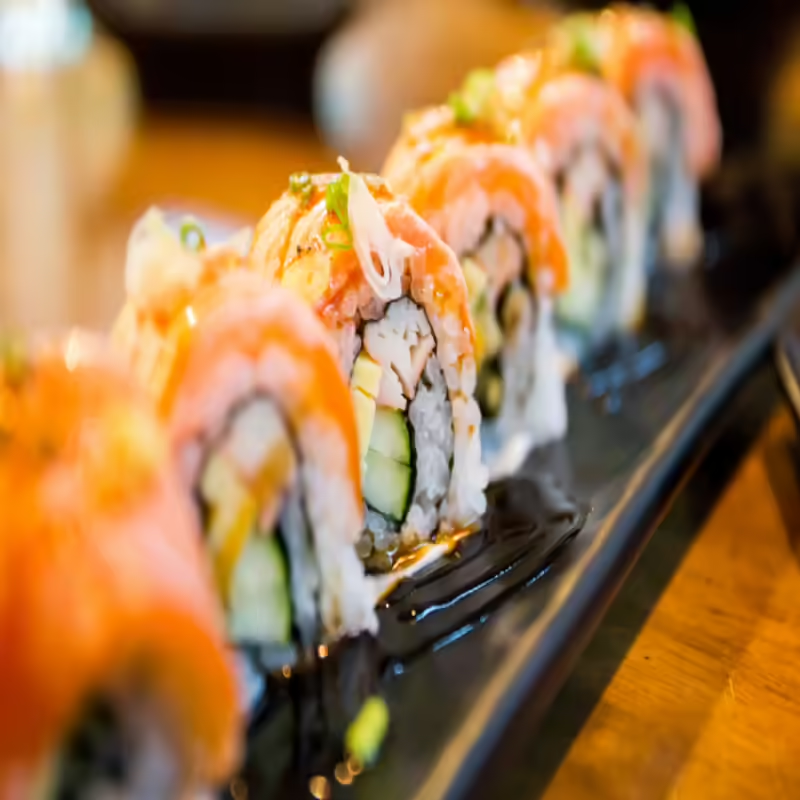
What Actually Makes Best Sushi Near Me Worth Your Money
The Real Deal on Fresh Fish
Here’s what nobody tells you when you’re hunting for the best sushi near me – you can usually tell if a place is legit within the first five minutes. I learned this the hard way after getting food poisoning from a sketchy place that looked fine from the outside.
Good fish doesn’t smell fishy. I know that sounds crazy but let me explain. When I step into my favorite sushi restaurant, it smells clean, maybe a little like the ocean, but never that “fishy” smell that you find yourself cringing at. The fish when placed under the lights should appear bright and as if they are almost jewel-like. If it looks dull or grayish, just walk away. Trust me on this one.
And here’s a pro tip I picked up from chatting with a sushi chef: the rice is just as important as the fish. Good sushi rice should be warm (not cold!) and each grain should be separate but sticky enough to hold together. I used to think all sushi rice was the same until I had the real deal. It’s like the difference between instant coffee and a perfectly brewed cup from your local coffee shop.
Red Flags That Scream “Run Away”
I’ve learned to spot the warning signs pretty quickly now.If the menu is like 200 different rolls with crazy names like “Dragon Phoenix Rainbow Explosion Roll,” I’m generally out of luck. Don’t get me wrong, creative rolls are entertaining, but if a place is more about the Instagram-worthy plate than quality ingredients, it’s typically not worth your time.
The biggest red flag though? When you walk in and it smells off. I once ignored this gut feeling at a place near my office and regretted it for three days straight. Your nose knows, people.
My Tried-and-True Methods for Finding Great Best Sushi Near Me
The Digital Detective Work
Okay, so we all start with Google, right? I type “sushi near me” into my phone probably once a week when I’m feeling lazy about cooking. But here’s what I’ve learned about reading those reviews – ignore the five-star reviews that just say “amazing!” and the one-star reviews from people complaining about prices.
Look for the three and four-star reviews where people actually describe their experience. Someone who writes “the salmon was fresh and buttery, rice was perfectly seasoned, service was attentive” – that’s someone who knows what they’re talking about.
I also started following local food bloggers on Instagram. These people eat sushi for a living (lucky them), and they usually know all the hidden gems that don’t show up on the first page of Google results.
Old School Research That Actually Works
This sounds bizarre in 2025, but some of the best local sushi restaurants were located by simply asking people. One Japanese coworker asked me where I get my sushi, and referred me to this little restaurant in a strip mall that doesn’t even have a proper website. Best uni I’ve ever had in my life.
I also started paying attention to where I see other Asian families eating. There’s this unspoken rule I’ve noticed – if the restaurant is packed with people who clearly know good Asian food, it’s probably worth trying.
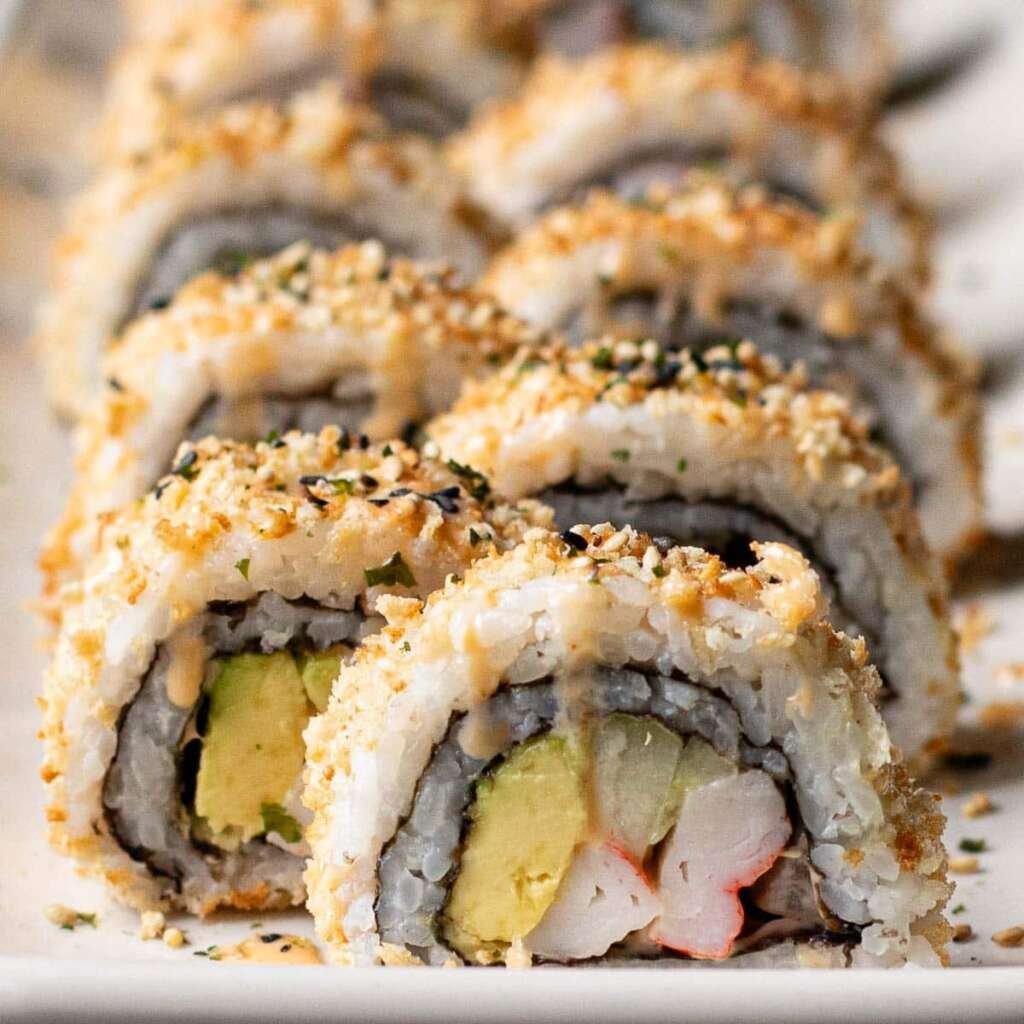
Different Types of Sushi Places (And When to Go to Each)
The Everyday Spots
No, I don’t drop $100 on sushi whenever I have a craving. The majority of my sushi eating experience around me occurs at places like these where you can get a decent meal for twenty bucks. These places might not have the fancy fish flown in from Tokyo, but they do the basics really well.
I found this place near my gym that does an incredible salmon avocado roll for $8. Is it going to change my life? No. But it’s new, delicious, and right on the money when I’m looking for something healthy after a workout.
The trick with casual places is having realistic expectations. Don’t order something high-end on the menu and expect it to compete with high-end places. Don’t go for easier objects, but for the items in which quality is truly seen.
The Special Occasion Places
Then there are those sushi restaurants nearby that you save for birthdays, anniversaries, or when your parents are visiting and offering to pay. These places usually have sushi chefs who actually trained in Japan, fish that costs more than my monthly Netflix subscription, and an atmosphere where you feel like you should whisper.
I treated myself to omakase at one of these places for my 30th birthday, and holy cow. The chef explained every piece, where the fish came from, and how it was prepared. It was like a masterclass in sushi. Expensive? Absolutely. Worth it? For special occasions, definitely.
My Biggest Sushi Mistakes (So You Don’t Make Them)
The All-You-Can-Eat Trap
I’ll admit it – I was lured in by all-you-can-eat sushi more than once in my early sushi days. The math seemed great: eat a bunch of sushi for one low price! What could go wrong?
Everything. Everything could go wrong. It’s generally not very good for you, the fish is questionable, they put extra rice in there to fill you up faster, and you end up feeling gross instead of full. I learned that when it comes to sushi, better quality is always better than quantity.
Ignoring My Gut (Literally)
There have been times when I knew something felt off about a place but I stayed anyway because I was already there or I was with a group. Big mistake. Good sushi makes you feel good, not wonder what you were thinking three hours later.
Now I trust my instincts. If something feels wrong – the smell, the appearance of the fish, the cleanliness of the restaurant – I politely excuse myself and find somewhere else to eat.
Seasonal Sushi and Why It Matters
I used to think sushi was sushi, regardless of the time of year. Then I started going to this place where the chef would get genuinely excited about certain fish being “in season.” At first, I thought it was just marketing, but then I tasted spring sea bream versus winter sea bream, and wow, what a difference.
Now I actually look forward to different seasons for different fish. I’d rather have really good sushi once a month than mediocre sushi every week. It’s more of an experience for me than a meal. I enjoy it more, I value the craftsmanship and I actually like it instead of eating mindlessly.
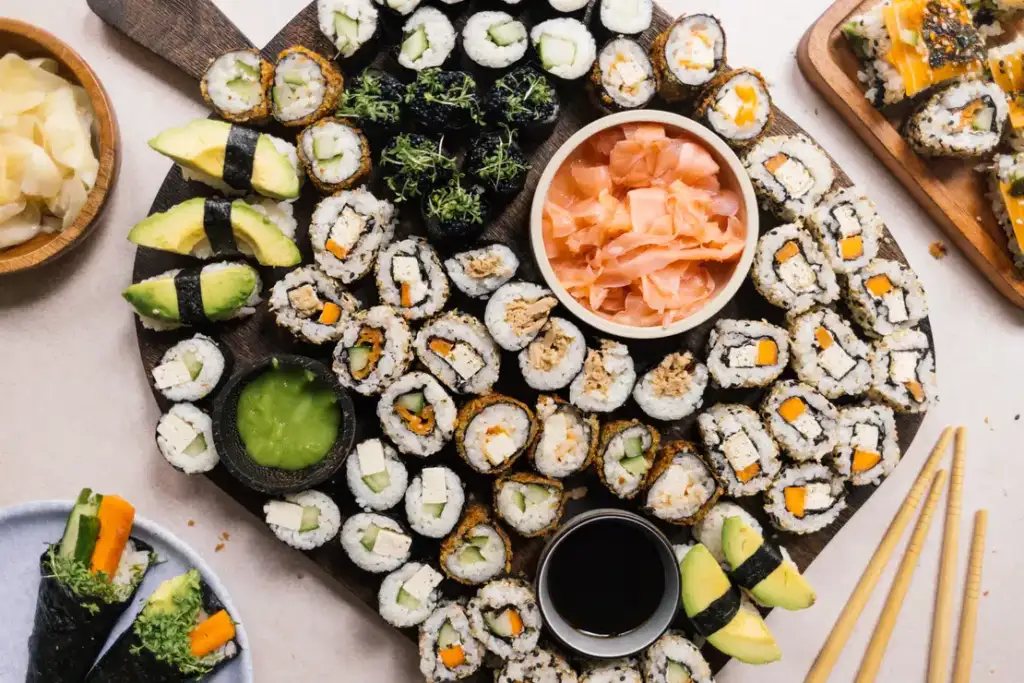
Budget-Friendly Ways to Enjoy Good Sushi
Lunch Specials Are Your Friend
This is probably my best money-saving tip: hit up the nicer places for lunch. I found this upscale sushi bar near me that charges $40 for dinner but has a lunch special with basically the same fish for $18. Same chef, same quality, just smaller portions and earlier timing.
Happy Hour Hunting
Some places do sushi happy hours, and these can be gold mines. I found one spot that does half-price rolls from 4-6 PM on weekdays. I’ve become a regular there, and the chef always hooks me up with extra wasabi (which I love but most people think is weird).
The Real Talk on Sushi Safety
Look, eating raw fish always has some risk. But you can minimize it a lot by being smart about where you eat. I stick to places that are busy (high turnover means fresher fish), clean, and where the staff seems knowledgeable about what they’re serving.
I also learned to start simple at new places. Order some basic nigiri or sashimi first to test the quality before going for the more adventurous stuff. If the salmon tastes off, I’m definitely not trying the sea urchin.
Making Peace with Sushi Prices
Yes, good sushi is expensive. Fish is expensive, skilled chefs are expensive, and the whole operation costs money. I used to get sticker shock, but then I started thinking about it differently.
I’d rather have really good sushi once a month than mediocre sushi every week. It’s more of an experience for me than a meal. I enjoy it more, I value the craftsmanship, and I actually like it instead of eating mindlessly.
Final Thoughts From Someone Who’s Made All the Mistakes
Choosing the best sushi restaurant near you is really a matter of finding the best one for your tastes, budget, and lifestyle. Don’t let anyone guilt you for what you like – if you love those fancy Instagram rolls, have at it. No big problem, but if you’re a traditionalist who only wants regular NIGIRIGUI, that’s fine too.
The most important thing is to keep an open mind and try new places. Some of my favorite finds are the result of taking chances in random areas that didn’t look like much to see from the outside.
Remember, even sushi experts know how to walk. Omakase menus used to scare me, and I didn’t know the difference between sake and maki. We all learn as we go.



